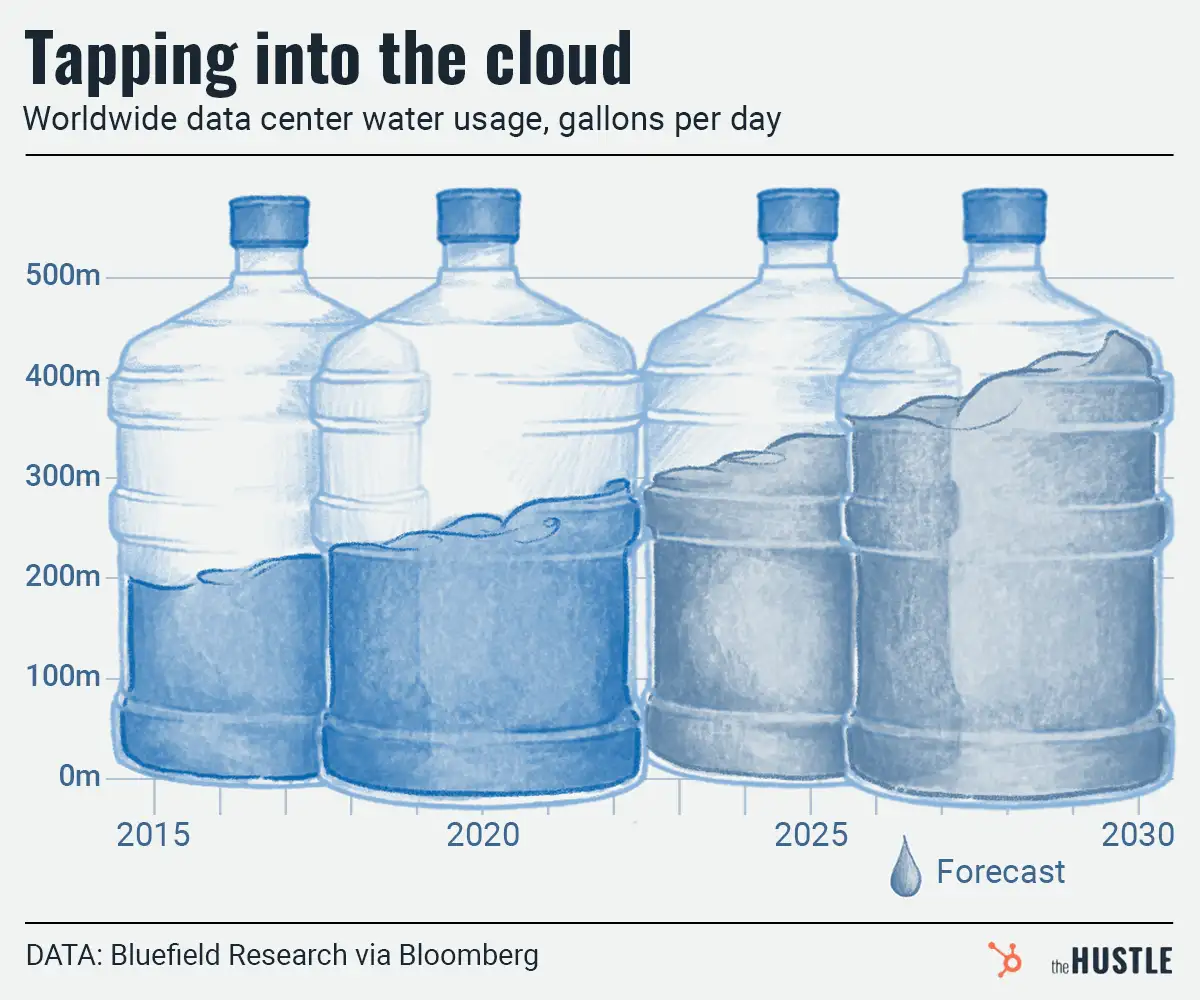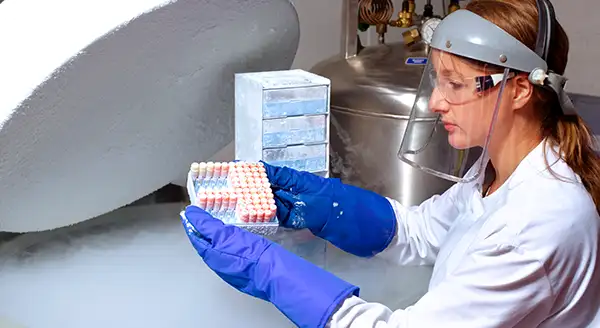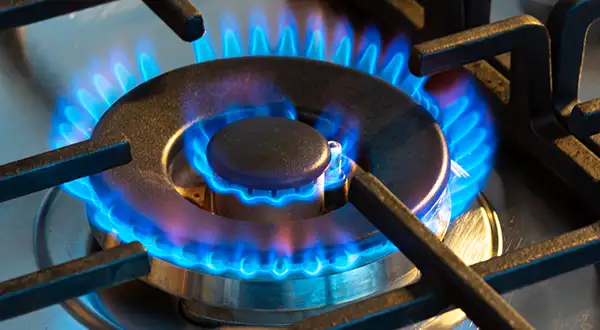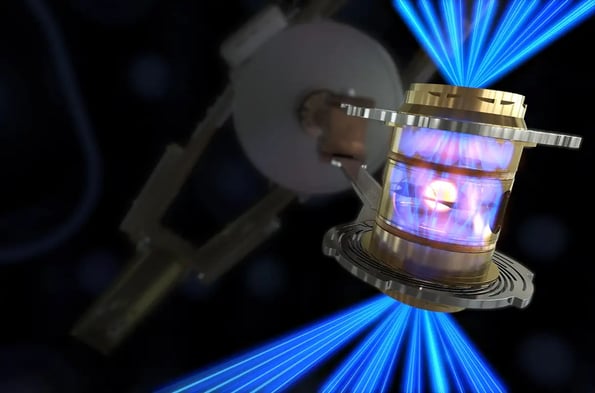
Why the nuclear fusion breakthrough matters
For the first time, scientists were able to cause a fusion reaction with a net energy gain.
Published:
Updated:
Related Articles
-

-

Kinda gross, but kinda cool? A startup that tells synthetic fertilizers to piss off
-

Cooling the planet is as easy as putting an umbrella on an asteroid and blocking out the sun
-

Big Tech’s thirst for AI dominance may bring literal thirst for everyone else
-

Life on (not actually) Mars
-

Indiana Jones inched archaeology forward, but tech is bringing the big leaps
-

The legacy of this late Nobel-winning chemist deserves a plug
-

Is egg freezing ready for a high-tech upgrade?
-

Will the US ban gas stoves?
-

Earth’s deepest problems are being confronted on the surface


